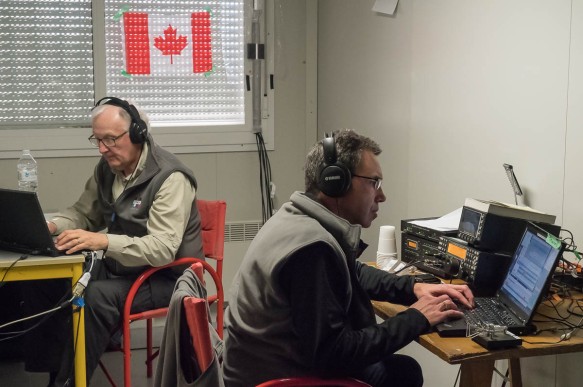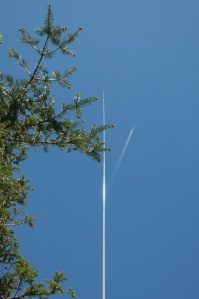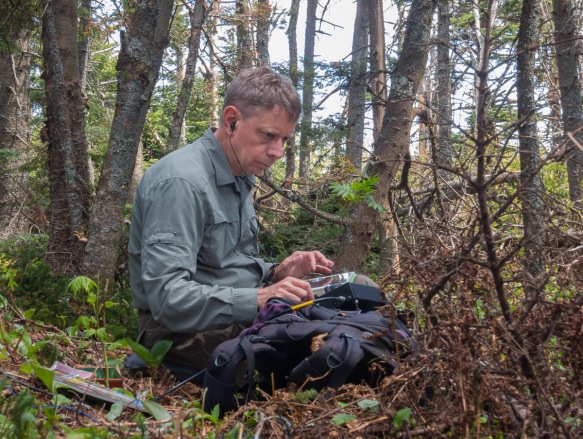The impact of the 100th anniversary of the battle Arras including the northern sector attacked by Candian forces at Vimy Ridge is plain to see throughout the Pas de Calais region of northern France. The front line passed through here for most of WWI, and there are memorials, cemeteries, museums and battlefields everywhere. Many of the villages around Vimy Ridge are decked out with Canadian flags, and wherever we go we are asked whether we are here for the 100th anniversary commemoration. We see groups of visitors and school parties at the battle sites and cemeteries; tens of thousands will attend the official memorial ceremony on the 9th at the Canadian war memorial on Vimy Ridge.

One of the tunnels dug by New Zealand troops under Arras
Most of our team is staying in Arras, which was the center of the British attack, in the sector south of Vimy. The Carrière Wellington museum in Arras (where you can visit part of the network of tunnels and quarries used by the Allied forces to protect troops prior to the offensive at Arras, south of Vimy) is busy with many extra visitors.
The special event operation TM100VIMY brought together 17 Canadian and French amateur radio operators to commemorate the battle of Vimy Ridge. One of our local collaborators is Sylvie, F1PSH, a leader in the F4KIS radio club in Lillers. She arranged for us to present a lecture and discussion on Canada, Vimy and our special event operation.
Anne, XYL K3EL spoke about the history of Canada at the time of WWI and the Canadian memorial at Vimy Ridge, while Dave, K3EL discussed the battle, and also explained to the audience what amateur radio was and how TM100VIMY was participating in the commemoration of the 100th anniversary of the battle. Several classes from a local school, the Lycee Anatole France, were present as well as members of the local historical society, veterans groups and radio amateurs. After the lecture, the students headed off to catch their buses, while the rest of the audience remained to enjoy a “pot” (special liquids from Bourgogne!) with the radio team.











